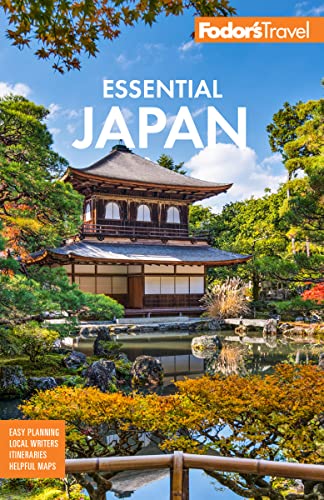Fire Festivals in Nara
January
Wakakusa-yama Yaki (Grass-Burning Festival). On the night before the second Monday in January, 15 priests set Wakakusa-yama's dry grass afire while fireworks illuminate Kofuku-ji's Five-Story Pagoda in one of Japan's most photographed rituals. This rite is believed to commemorate the resolution of a boundary dispute between the monks and priests of Todai-ji and Kofuku-ji. The fireworks start at 5:50 and the grass fire is lighted at 6.
February
Mantoro (Lantern Festival). On February 3 the 2,000 stone and 1,000 bronze lanterns at Kasuga Taisha are lighted to mark the traditional end of winter called setsubun. It takes place between 6 and 8:30 pm.
March
Shuni-e Omizutori (Water-Drawing Festival). From March 1 to 14 priests circle the upper gallery of the Ni-gatsu-do (Second Month Hall) wielding 21-foot-long taimatsu (bamboo torches) weighing more than 160 pounds, while sparks fall on those below. Catching the embers burns out sins and wards off evil. This festival is more than 1,200 years old, a rite of repentance to the Eleven-Headed Kannon, an incarnation of the Goddess of Mercy. These evening events happen March 1 to 11 and 13, 7 to 7:20; March 12, 7:30 to 8:15; March 14, for five minutes from 6:30 to 6:35.
July–October
Light-up Promenade. Sights including Yakushi-ji, Kofuku-ji, and Todai-ji are illuminated at night in July, August, September from 7 to 10, and October from 6 to 10.
August
Toka-e. From August 1 to 15 Nara Koen is aglow with more than 7,000 candles from 7 to 9:45 pm.
Chugen Mantoro (Midyear Lantern Festival). For more than 800 years the thousands of lanterns at Kasuga Taisha have been lighted to guide ancestors back to Earth on their annual pilgrimage, in Obon on August 14 to 15 from 7 to 9:30 pm.




